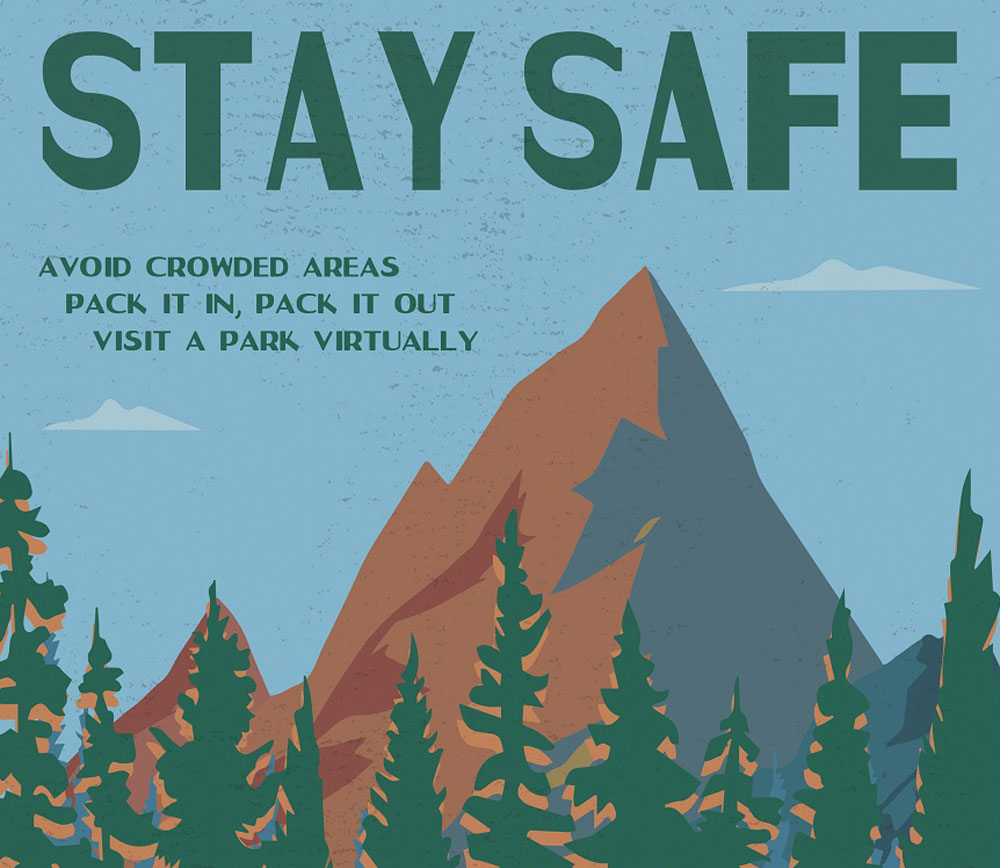
June 4, 2020; NYN Media
In March, daily operations for the entire nonprofit sector changed drastically. Now, as stay-at-home orders are lifted, nonprofits are struggling to gain their bearings and assess the ever-changing landscape.
Corporate donors that may have provided employee campaign donations and corporate sponsorship might now be out of business forever, or at least have their charitable checkbooks firmly closed. Across the country, nonprofits with human service delivery programs worry about being able to access supplies like hand sanitizer and personal protective equipment. And nonprofits that have been running essential programs are struggling with when to bring remote employees back in—if ever.
Some nonprofits have committed to remaining virtual throughout the summer to ward off the impact of any possible resurgence in COVID cases. Others grapple with how to make their future plans and service delivery permanently flexible and adaptable. As essential and formerly remote employees begin to mix, two main themes have emerged: maintaining flexibility, and grappling with a staff who, like many, are hanging on tenuously to their mental health, whether they know it or not.
Change on Steroids
While stressful and challenging, COVID-19 and the stay-at-home order allowed some nonprofits to quickly reconfigure their programs, pressing fast-forward on ideas that in the past might have been thought of as risky and debated ad nauseam at board and staff meetings. To stay afloat and keep staff healthy, an often head-spinning amount of change in services and programs was in order. Not only will these measures allow many nonprofits to remain flexible in an uncertain future, but some changes in service delivery or operation will likely be maintained even after the outbreak ends.
In an article for STAT News, Lev Facher explores nine ways COVID-19 upended the healthcare industry, and cited telehealth as the ultimate case in point. For years, nonprofits—particularly those in the behavioral health, addiction treatment, and disability sectors—have been begging funders and lobbying politicians for the infostructure and policy support to serve clients more economically and efficiently through telehealth. As it turns out, necessity really is the mother of invention. COVID-19 was just the thing to push though the red tape, accelerating the development and implementation of telehealth by a decade, according to Chris Jennings, a policy consultant and former health care adviser to the Obama and Clinton administrations. As with working from home, many of the longstanding fallacies of why telehealth would never work or replace face-to-face interactions were quickly exposed and debunked.
Telemedicine is just one example. Those running shelters and essential human service programs were experiencing daily change, from line staff to the C-suite.
Sign up for our free newsletters
Subscribe to NPQ's newsletters to have our top stories delivered directly to your inbox.
By signing up, you agree to our privacy policy and terms of use, and to receive messages from NPQ and our partners.
“The key to running a direct-service organization during COVID-19 is adaptability,” says Alisa Chatinsky, executive director of The Sophia Way, a Seattle-area nonprofit serving women experiencing homelessness. “Sometimes it feels as though we are trying to keep the dishes on the table during an earthquake, which I often imagine is similar to what our clients feel everyday living without homes.”
Welcome Back! We Are Exhausted
An ongoing conversation in the nonprofit sector throughout 2020 will be how to bolster the mental health of human service employees across the sector. Targeting those who were essential during the stay-at-home orders should be a key concern, while not ignoring those who were “home” but likewise under incredible stress as jobs evaporated, lives were lost, childcare routines were upended, and millions of parents waded into the world of homeschooling for the first time.
Julie Rake, MSPAS-PAC, an integrative health professional based in Scottsdale, Arizona, explains that in both the for-profit and nonprofit sectors you have workers coming to the table who have had vastly different experiences over the last three months. Some people have almost a vacation experience with time for self-reflection and improvement, some have experienced incredible loss and stress, and some have just been working nonstop since March.
“We need to meet people where they are at,” says Rake. “Those who were able to step away may feel out-of-touch or left behind, while those who have been working nonstop may need support in taking their hand off the wheel to take a break, or might even be using nonstop work as a form of ‘escapism’ to avoid processing what is going on.”
Nonprofits have been offering counseling, virtual support, and expanded services for families of essential employees, understanding the tremendous stress that comes with holding down a job that was key to keeping society functioning during a pandemic—not only for the employees, but the entire family.
Now, the discussion needs to turn to “aftercare,” or how to support employees throughout 2020 and whatever the rest of the year brings. Rake shared that it’s best to keep it simple to start. One thing that nonprofits can do is to encourage staff who have been working during the pandemic to make full use of their vacation time, even if they can’t go anywhere.
“The most impactful thing that you can do as a leader is to set a good example for your team and take time off yourself,” Rake says. “It’s important to honor our summer traditions even if they are going to look a lot different. An annual trip to see an aunt at her lake cottage might now be a Zoom call with your feet in a kiddie pool, but take time to stop, unplug, and enjoy the connections and rituals that have been part of your resilience as a nonprofit employee in the past.”—Carrie Collins-Fadell












